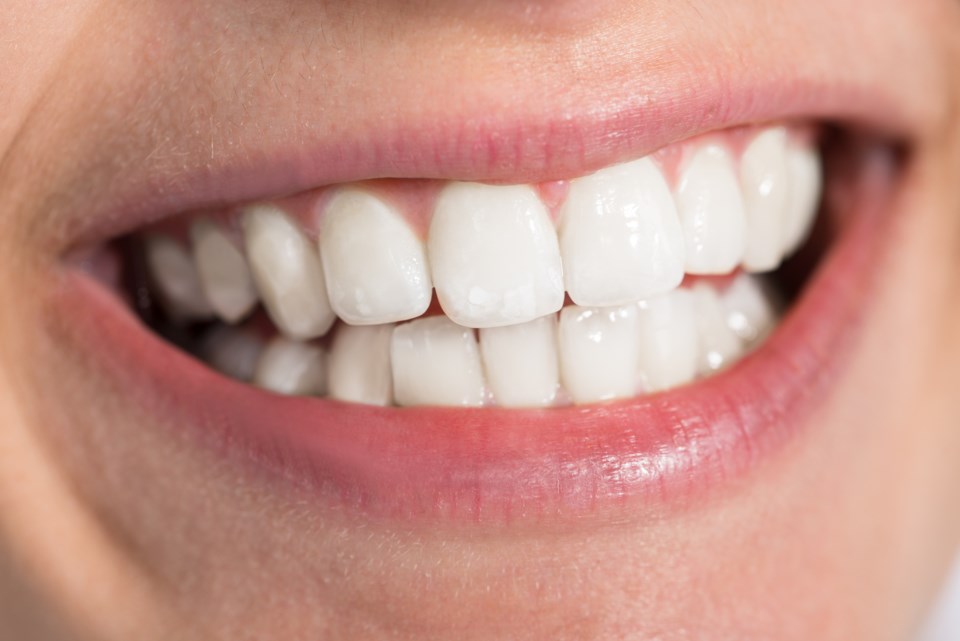At least one Sault dentist is cautiously optimistic about the federal government’s plan to introduce a nationwide dental care plan, even if the details of how it will roll out have yet to be finalized.
The government’s latest budget, introduced on Tuesday, includes a national dental care program costing $13 billion over five years beginning in the current fiscal year of 2023-24.
“We still don’t know the specifics, but anytime that any level of government is willing to provide funding for dental care, it’s a great thing. I’m happy to hear that they’re announcing funding for the new Canadian Dental Care Plan,” said Dr. Dante Carlascio, speaking to SooToday on Wednesday.
The program opens up eligibility this year to people under 18, seniors, disabled people and those without insurance. The government plans to expand eligibility to anyone who meets household income requirements by 2025.
“This is potentially a great program to provide access for people who currently have difficulty accessing dental care. That’s the important thing. Especially for seniors, and for people of all ages really, dental care can be costly especially if a lot of dental work is needed. If the plan is comprehensive that would be great,” Carlascio said.
It is not yet known which dental services will be covered by the federal government’s plan.
“What I would like to see is comprehensive care, preventative care such as cleanings, restorative dentistry, fillings, emergency dentistry, root canals, extractions and replacements like dentures for example. If they’re going to cover to take teeth out they should cover to put something back in,” Carlascio said.
“One concern would be how this will merge with the existing provincially funded programs. Dentistry, like a lot of health care, is delivered by the provinces. Traditionally any kind of subsidized dental program has come from the provincial government and there are five plans in Ontario that are administered, like Healthy Smiles Ontario, ODSP, Ontario Works, and this will be the first of anything coming federally, so how will this work for patients who can access that program and not another, or if they're eligible for both? There are a lot of unknowns at this point.”
“It’s really complicated because the way dentistry is organized in Ontario might not be the way it’s organized in British Columbia or Nova Scotia,” Carlascio said.
In a previous interview with SooToday,Carlascio said he and his fellow dentists within the Ontario Dental Association want to be consulted as the federal government designs the program as it is the dentists who will be performing the actual work.
“I think that so far they have been keeping those lines of communication open. The health minister himself, Jean-Yves Duclos, has had a couple of meetings with the Ontario Dental Association, which is great because if he’s meeting with the ODA it means he’s meeting with the other provinces too,” Carlascio said.
“This is good as long as they continue the dialogues with the provincial dental associations. They need to keep that dialogue open to make sure the program gets delivered, that it’s going to be effective.”
In 2022, the government started up a temporary dental benefit for uninsured children under the age of 12 in families with a household income of less than $90,000.
That program will be replaced by June 2024.
The federal government’s dental care program is a big ticket item.
In last year’s budget, the government said the ongoing cost of the program would be about $1.7 billion per year.
The government now says the cost will be $4.4 billion per year, with Finance Minister Chrystia Freeland herself stating the program is expensive but necessary.
Carlascio said the expense is worth it to taxpayers in the long run.
“Provincially, Ontario has a very low investment in dental care programs compared to other provinces. Ontario spends less than five dollars per person while the national average is actually more than triple that.”
“It’s going to cost a lot. It’s hard to look at big numbers over a big population but just bringing it down to a single person or a single mouth, it’s often more expensive when we don’t do the small fixes in a person’s mouth. Whether it’s a small filling or treating something in a timely fashion, the costs escalate if we don’t take care of things, if preventative work isn’t offered in the first place,” Carlascio said.
